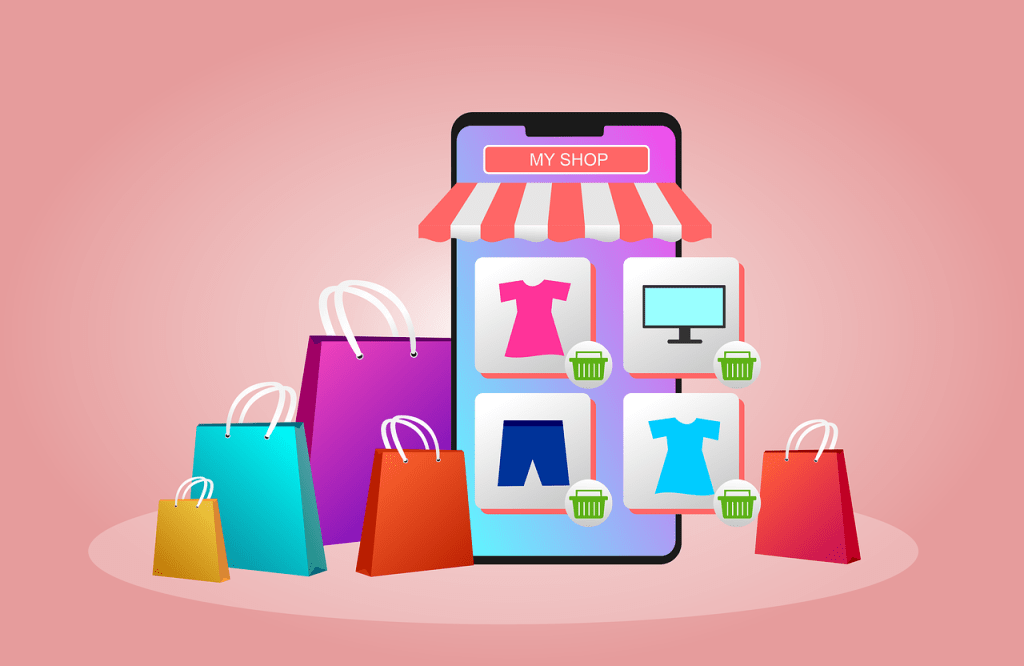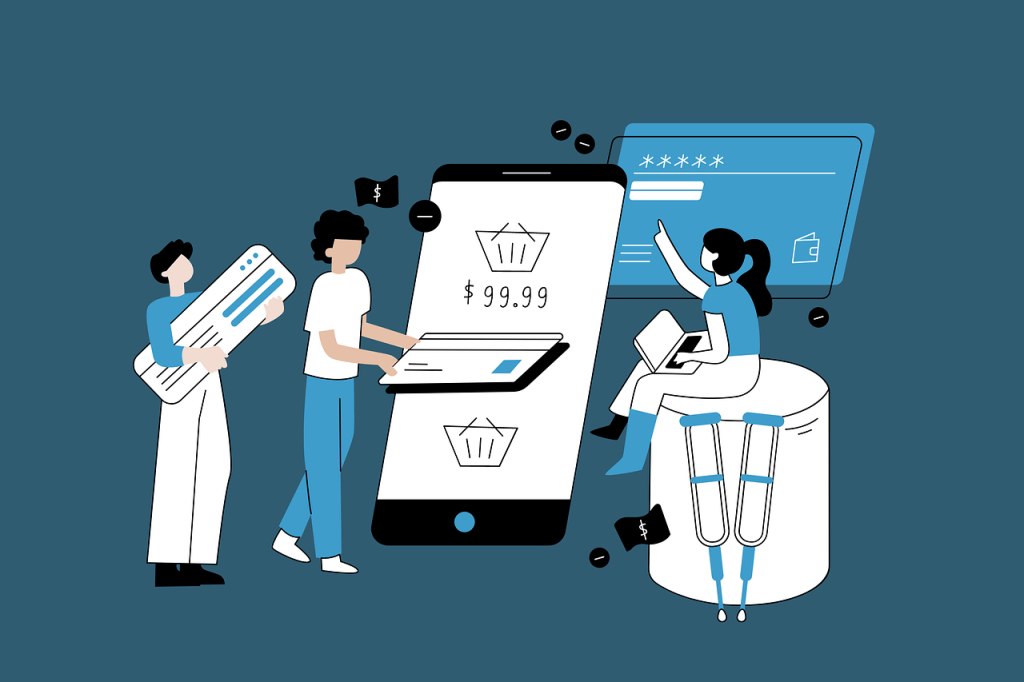Starting a dropshipping business has never been more accessible or rewarding than in 2026. With the rise of e-commerce and the increasing demand for convenience, dropshipping provides a unique opportunity for entrepreneurs to launch a profitable business with minimal upfront costs. As someone who started from scratch, I can tell you that this model empowers anyone, regardless of their experience, to dive into the world of online sales.
I still remember how the idea of starting a dropshipping business dawned on me. I was working from a simple laptop in my living room, sipping coffee, and wondering if there was a way to sell products globally without stocking them myself. The answer? Dropshipping! It’s surprisingly simple: you partner with suppliers who handle inventory, packing and shipping.
You focus on marketing. I felt empowered, especially since starting a dropshipping business costs almost nothing up front. You really don’t need much money to begin and that was pretty amazing. Even if you’re in a remote village, you can reach anyone online with the right tools.
People often ask, “Is starting a dropshipping business easy?” My answer is: it takes work, but trust me, it’s doable with these steps.
Dropshipping truly opens doors to the world. I started my first store with zero prior experience, and it felt like unlocking a magic door. No hassles of storage or unsold items, just selling products I chose. Whether you are in the United States, Canada, Germany, or even Nigeria and Rwanda, you can start a dropshipping store that operates 24/7.
It’s a low investment dropshipping startup idea that changed my life. I realized starting a dropshipping business was not as hard as I thought. Now, let’s walk through how you can do the same.
Table of Contents
Dropshipping truly knows no borders. Whether you’re shipping from a warehouse in China, a port in South Africa, or anywhere in between, the world is your market. It opened opportunities even in places like Rwanda and Nigeria where traditional e-commerce was hard to get off the ground. With the right tools for global payments and shipping, I discovered that yes, dropshipping works in Africa as much as it does in Europe or the US.
In fact, there are dropshipping platforms in the US and Canada, as well as in many other regions, so your location hardly matters. It really is a global business that can run while you sleep.
What is Dropshipping?

Dropshipping is a business model where you sell products online without holding any inventory. When a customer places an order in your store, the supplier fulfills it and ships directly to them. This means you don’t need a warehouse or bulk orders, which makes it ideal for starting a dropshipping business with little risk.
One key advantage is low startup costs: you only pay for products after you make a sale, making it a low investment dropshipping startup. For beginners, this is exciting because you can start small and grow as you go.
You can find trending products and manage your store with just a few clicks. This guide is basically a step-by-step dropshipping store setup tutorial, showing how starting a dropshipping business can be both scalable and sustainable.
Why Start a Dropshipping Business?
Starting a dropshipping business offers many perks, especially for beginners. Here are a few reasons why I jumped in:
- Low Start-Up Costs: You don’t need to buy products in bulk upfront. You only pay for what you sell, so starting a dropshipping business is almost risk-free compared to a traditional shop. Even if you have very little money, you can still start a dropshipping store.
- Flexibility: Your store runs 24/7 online. Whether you’re traveling in Africa or relaxing at home, you can manage your business from anywhere with internet access. This freedom made it easy for me to work on my store even during a vacation.
- Scalability: As your store gets more customers, you can add more products or sell in new markets without changing your basic setup. If a product sells well, just keep selling it; if it doesn’t, swap it out without losing inventory. With the right automated dropshipping tools, scaling up feels natural.
- Global Reach: Dropshipping connects you with markets around the world. I’ve sold products to customers in Europe, North America and even faraway countries. Platforms in the US, Europe, or South Africa all support dropshipping. There are even dropshipping platforms in Canada and Africa that make things easier.
- Motivation: It helps to remind yourself why you started. Keep your goal in mind, and remember that starting a dropshipping business can change your life if you stick with it.
Plus, the e-commerce market is still growing. Trends like personalized products and niche stores are on the rise. By starting a dropshipping business now, I positioned myself to ride this wave. It’s truly one of the best online businesses for beginners looking to earn income on the side.
Step-by-Step Guide to Start Dropshipping

1. Identify Your Niche
Your niche is the specific market or group of customers you’ll sell to. Use a tool like FindNiche to dig into data-driven insights. This platform shows you which products are trending and how much competition there is. For example, with FindNiche:
2. Conduct Market Research
Once you have a niche idea, dive into research. I used tools like SaleHoo Market Insight to analyze demand, competition and pricing trends. It’s a big supplier database showing who sells what and at what price. This helped me confirm that customers were actually searching for my product ideas. Doing research upfront means you’re not guessing, but following data in your dropshipping store setup tutorial. Starting a dropshipping business is as much about mindset as it is about tools.
3. Choose a Dropshipping Platform
This is where you build your store. Two popular options are WooCommerce (on WordPress) and Shopify. WooCommerce is open-source and free, so you can start an e-commerce store for free (you only need to pay for hosting, like a cheap MilesWeb plan). WooCommerce is super customizable with themes and plugins.
WooCommerce setup for dropshipping is straightforward using plugins like AliDropship to import products from AliExpress. Shopify, on the other hand, is a hosted platform with an easy interface and built-in tools. If you’re starting a dropshipping business from scratch and have little tech skills, consider Shopify for simplicity.
4. Find Reliable Suppliers
The secret of starting a dropshipping business is partnering with good suppliers. Picture a busy market vendor carrying huge bundles of clothes on his head. If I had to do that for every order, I’d quit! But in dropshipping, I don’t. Instead, I used platforms like SourceInBox, CJDropshipping and Zendrop. They find products and handle the logistics:
- SourcInBox: Specializes in trending, high-demand products. It shows analytics on each item; sales history, competition level, and profit margins. This helps you pick products with the best potential. Plus, it can auto-import items into your store.
- CJDropshipping: Known for a huge product catalog and fast shipping. It provides product videos, custom packaging, and syncs with Shopify or WooCommerce. It even recommends products based on your niche, making it easy to discover new winners.
- Zendrop: A top-notch dropshipping platform that suggests trending items and automates order fulfillment. You can customize branding and get fast shipping. Zendrop’s reliable service gave me peace of mind.
Using these suppliers saved me time and let me focus on selling instead of running to the post office. They are core tools for anyone starting a dropshipping business, especially when learning how to find winning dropshipping products.
5. Find Winning Products
How to find winning dropshipping products? Start by looking at data. I browsed SourceInBox, CJDropshipping and Zendrop to spot best-sellers. For example:
- SourceInBox: Offers a vast database of trending items with analytics on sales, competition, and profit margins.
- CJDropshipping: Provides product videos and branding options to help products stand out. Its recommended products list often highlighted potential hits.
- Zendrop: Shows you the latest hot items and automates fulfillment. It helps catch trends early.
Then I picked products with high demand and good margins. I often ran small Facebook or Instagram ad tests to see if a product clicked. This trial and error taught me how to run a successful dropshipping store. If something sold well, I scaled up; if not, I tried something else.
6. Build Your Online Store
With products chosen, I built the store itself. I got affordable hosting from MilesWeb (just $1 to $7 a month) so my site loads fast and stays online. Then I used WordPress + WooCommerce to set up the store. WordPress let me customize the design and add plugins. I also installed AliDropship, which synced my store with AliExpress automatically.
No manual adding of products! Finally, I added Flutterwave as a payment gateway. It’s secure and accepts multiple currencies, making it ideal for international customers. With this, my store looked professional and was ready to sell products worldwide.
7. Implement Marketing Strategies
Having a store isn’t enough; you need customers. I tackled marketing by using RankMath to optimize my site for search engines and collecting emails via a tool like Sender for newsletters. I ran Facebook and Instagram ads targeting my niche audience. I even made short TikTok videos showcasing my products. Content marketing helped too: writing blog posts, tutorials, and videos about my niche gave me more organic traffic.
For example, I wrote posts targeting phrases like “dropshipping store setup tutorial” and “how to start a dropshipping store with WordPress.” This brought in people searching for those topics. Collaborating with influencers in my niche gave me credibility and reach. If you’re on a tight budget, remember that social media and blogging are free traffic sources.
8. Track and Optimize
Finally, I monitored everything. Using Google Analytics and RankMath’s reports, I watched traffic and sales. These tools showed me which products and pages performed best. For example, if a product page got views but no sales, I changed the title or images. If an ad was costing too much, I paused it. This data-driven approach taught me how to run a successful dropshipping store.
Top Tips for Beginners

- Start Small: Begin with a few products and do them well. This helped me learn without getting overwhelmed.
- Test Products: Always test new items with a small budget. I ran quick ads for an item first; if it sold, I invested more; if not, I moved on.
- Offer Great Service: Responsive, helpful customer service sets your store apart. I made sure to answer customer questions quickly via chat or email. Happy customers often came back or referred friends.
- Use Free Traffic: Posting valuable content consistently can drive free traffic. I shared on Facebook groups, Instagram reels and wrote SEO-friendly blog posts.
- Stay Updated: E-commerce and dropshipping change fast. I kept learning about new tools, market trends, and algorithms. Staying current kept my store competitive.
- Use Free or Low-Cost Tools: You can start an e-commerce store for free by using open-source platforms. For example, WordPress with WooCommerce is free (you only pay hosting). Many marketing tools (like RankMath SEO or Sender email) have free plans. Keeping costs low at first helped me reinvest in ads later.
- Keep Your Goal in Mind: Remind yourself why you wanted to start a dropshipping business. This motivation will drive you through tough days.
- Mindset Matters: Starting a dropshipping business is as much about mindset as it is about tools. Stay positive, keep learning and don’t give up.
The Path to Success
Starting a dropshipping business from scratch is an exciting journey. By following this guide, you’ll be well-equipped to navigate challenges and reap the rewards of this dynamic industry. Remember, success doesn’t come overnight. But with dedication, the right tools and a customer-focused mindset, your store can grow into a thriving online business. Each step you take refining marketing, adding new products or improving service, builds your growth.
Keep in mind that everyone who has mastered starting a dropshipping business once made mistakes, so learn from them. Finally, if you’re just starting a dropshipping business, remember each sale is a lesson. Remember, starting a dropshipping business isn’t a sprint; it’s a marathon. Whether you’re starting a dropshipping business in your living room or at a cafe, the key is consistency. Your global e-commerce adventure is waiting!




